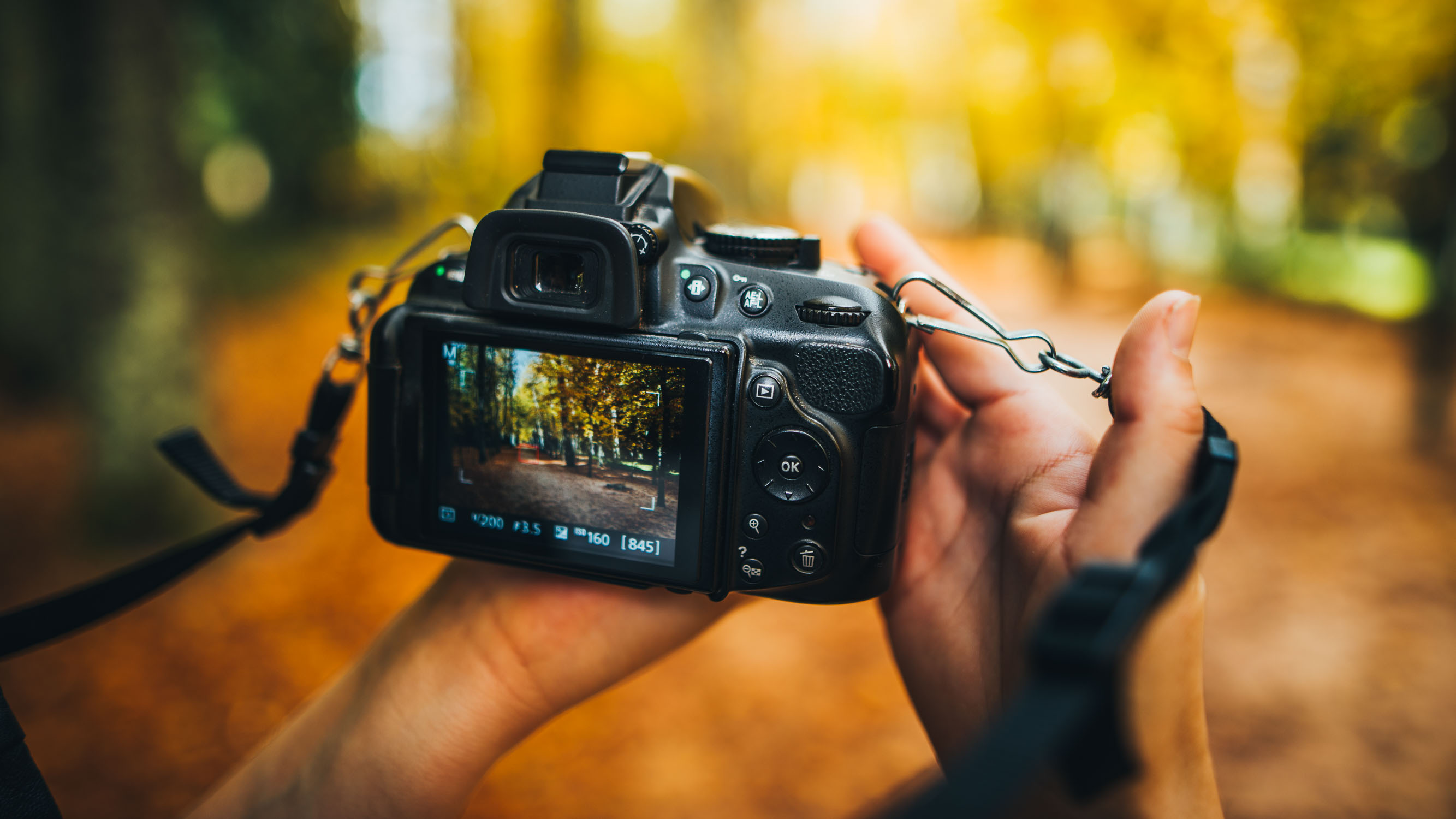Portrait photography is the art of capturing the essence of a person through photographs. Whether it’s for a personal project, a family heirloom, or a professional headshot, a portrait can tell a story and freeze a moment in time. In this post, we’ll learn about the most important elements of portrait photography from one of the foremost photo studios in Bali & Southeast Asia, Mood Studio.
As a portrait photographer, it’s your job to bring out the unique characteristics and personality of your subject, and to create a visually appealing and meaningful image.
Before diving into the technical aspects of portrait photography, it’s important to first understand the psychological elements that go into a successful portrait. As a portrait photographer, you have the ability to influence the mood and emotion of your subject, and to bring out their true self in front of the camera.
One way to do this is by building rapport and trust with your subject. This can be as simple as having a conversation and getting to know them before the shoot, or finding common ground through shared interests. By establishing a comfortable and relaxed atmosphere, your subject will be more at ease and willing to open up in front of the camera.
Another important element to consider is body language. Pay attention to how your subject is standing or sitting, and how they are interacting with the camera. Is their posture confident and relaxed, or tense and guarded? Are they making eye contact or looking away? These subtle cues can greatly affect the final image, and it’s up to you as the photographer to direct your subject and capture the desired emotion.
Now let’s move on to the technical aspects of portrait photography. One of the most important factors to consider is lighting. Proper lighting can make or break a portrait, and it’s essential to understand the different types and how to use them to your advantage.
Natural light is often the most flattering for portrait photography, and can be used to create soft, diffused light that wraps around the subject’s face and reduces harsh shadows. When shooting outdoors, the best time for natural light is during the golden hour – the hour just after sunrise and just before sunset, when the sun is low in the sky and casts a warm, golden glow.
If you’re shooting indoors or in a studio, you can use artificial lighting such as strobes or continuous lights. Strobe lights are flash units that can be synced with the camera and fired at the exact moment the photo is taken. They are powerful and versatile, but can also be expensive and require additional equipment such as light stands and modifiers. Continuous lights, on the other hand, are always on and provide a constant source of light. They are great for video or for previewing the lighting setup, but they can also generate a lot of heat and may not be as powerful as strobes.
When it comes to composition, the most important rule is to always keep the eyes in focus. The eyes are the window to the soul and are the first thing the viewer will look at in a portrait. In addition, consider the placement of your subject in the frame and how much negative space (empty space) is around them. A tight crop can create intimacy and focus on the subject, while a wider shot can show more of the environment and give context to the image.
Another aspect to consider is lens choice. The most popular lens for portrait photography is the 50mm prime lens, which provides a natural perspective and a wide aperture for a shallow depth of field (blurred background). However, other focal lengths such as 35mm or 85mm can also be used depending on the desired effect and the distance between the subject and the camera.
Finally, don’t be afraid to experiment and try new things. Portrait photography is an art, and there are no hard and fast rules. Don’t be afraid to try different angles, compositions, and lighting setups to see what works best for you and your subject. And above all, have fun! The most important thing is to enjoy the process and create images that you and your subject are proud of.
In conclusion, portrait photography is a rewarding and challenging field that requires both technical skills and psychological understanding. By building rapport with your subject, paying attention to body language and lighting, and experimenting with composition and lens choice, you can create meaningful and beautiful portraits that capture the essence of your subject. Don’t be afraid to try new things and have fun, and you’ll be well on your way to creating stunning portrait images.










